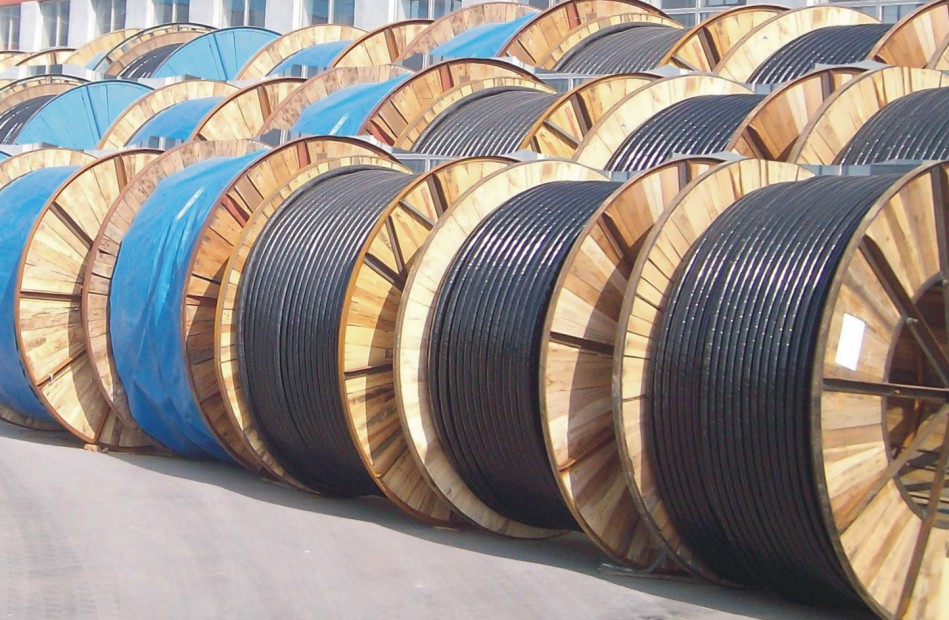
The pace of construction of rail transit in China has accelerated, and the increase in mileage of railway operations has led to the expansion of demand for rail transit cables, and the demand for wires and cables has also increased.
Due to the particularity of rail transit construction, higher requirements are placed on the technical level of safety and environmental protection of wire and cable products.
In addition to excellent electrical and insulating properties, wire and cable must have good flame retardant properties, water blocking performance and rodent-proof performance.
So the product has a new update in material selection and routing compared with traditional power cables.
The following is an introduction to the problems and solutions that are easy to occur in the production process.
The main problems in the manufacturing process of rail power cables are insulation eccentricity, integrated sheath irregularity and high spark breakdown rate, halogen-free low-smoke flame-retardant polyolefin materials are not smooth and have pores.
After repeated analysis and experimentation, the main reasons for these problems are as follows:
Since the thickness of the insulation is relatively thick, the contact surface between the insulation and the conductor is small.
Therefore, under the condition of high temperature and high pressure in the cross-linked tube, the plastic is in a viscous flow state, and there is a certain degree of sag, so that the eccentricity is unacceptable.
The main reasons for this problem are:
(1) The longitudinally wrapped aluminum plastic belt is unevenly stressed during molding, resulting in wrinkles of the longitudinal package.
(2) When the aluminum-plastic composite tape is longitudinally wrapped, the interface is not bonded to cause lifting.
(3) Aluminum plastic belt flange.
(4) Foaming, perforation, etc. of halogen-free low-smoke flame-retardant polyolefin materials.
The main reasons for this problem are:
(1) Improper storage of raw materials, resulting in damp.
(2) Due to the low processing temperature of the material, excessive extrusion temperature may cause foaming of the material.
(3) Due to the high flame retardancy, a large amount of filler is added to the raw material, which tends to cause uneven appearance, cracks, and the like during extrusion.
In response to the main problems in the above trial production process, the technical staff of the Guangdong South Cable and Cable Technology Department organized a process to tackle the problem and track implementation.
After analysis and research, the following solutions were adopted to achieve the expected results and better meet customer requirements.
(1) The solution to the problem of insulation eccentricity for three-layer coextrusion is:
Cross-linked polyethylene plastic is in a viscous flow state in the cross-linked pipe.
We use Dow Chemical's low-sag 35KV grade cross-linked insulating material to increase the viscosity of the plastic itself, thereby reducing the sagging of the material under high temperature molten state.
On-line co-extrusion equipment is equipped with on-line measuring instrument to ensure real-time monitoring.
Finally, the roundness is sliced and observed after the insulated core is cooled.
Thus, the insulation performance and eccentricity of the product are effectively controlled, which fully meets the eccentricity of Changsha Metro. Within 5%.
(2) The solution to the problem of unevenness of the integrated sheath and high electric spark breakdown rate is:
This phenomenon is mainly due to the large outer diameter of the cable core, and the unevenness of the deformation of the aluminum strip during the longitudinal forming process causes the aluminum strip to be uneven after the longitudinal wrapping.
The first is the aluminum-plastic composite strip longitudinally wrapped mold, which has two from large to small.
Group, the mold size must be strictly checked before production to prevent the aluminum plastic belt from forming due to the large mold.
If the aluminum plastic belt is not deformed to the molding, it will be wrinkled and inequitable.
It is necessary to adjust the position of the front and rear molds in time to ensure that the aluminum plastic belt is flat.
The aluminum plastic belt flange is often the aluminum plastic belt release frame and the molding mold are not aligned, and the pay-off frame needs to be strictly fixed on the floor.
The plastic belt is not bonded, and the position and temperature of the heat gun can be adjusted in time to solve the problem better.
(3) For the problem that the surface of the halogen-free low-smoke flame-retardant polyolefin material is not smooth, foaming, pores, perforation, etc.
The measures are:
check whether the packaging of the material is damaged, and find that the damaged material should be cleaned in time.
If the weather is wet, the plastic should be dried for at least 4 hours before being squeezed.
In the production, we found that the low-smoke halogen-free flame-retardant polyolefin material is not smooth with the ordinary die extrusion surface.
And it is considered that the working face of the die sleeve is long, and the plastic stretch is caused.
The stress is large.
Therefore, we have designed a special mold to reduce the working surface of the mold sleeve, and use the sink to remove the internal stress from high temperature to low temperature.
Control the draw ratio and keep it below 2.0 to reduce the risk of jacketing and degumming.
After trial production, the appearance problem has been effectively solved; finally, after taking the above measures, the surface is not only solved, foaming, venting, breakdown, etc.